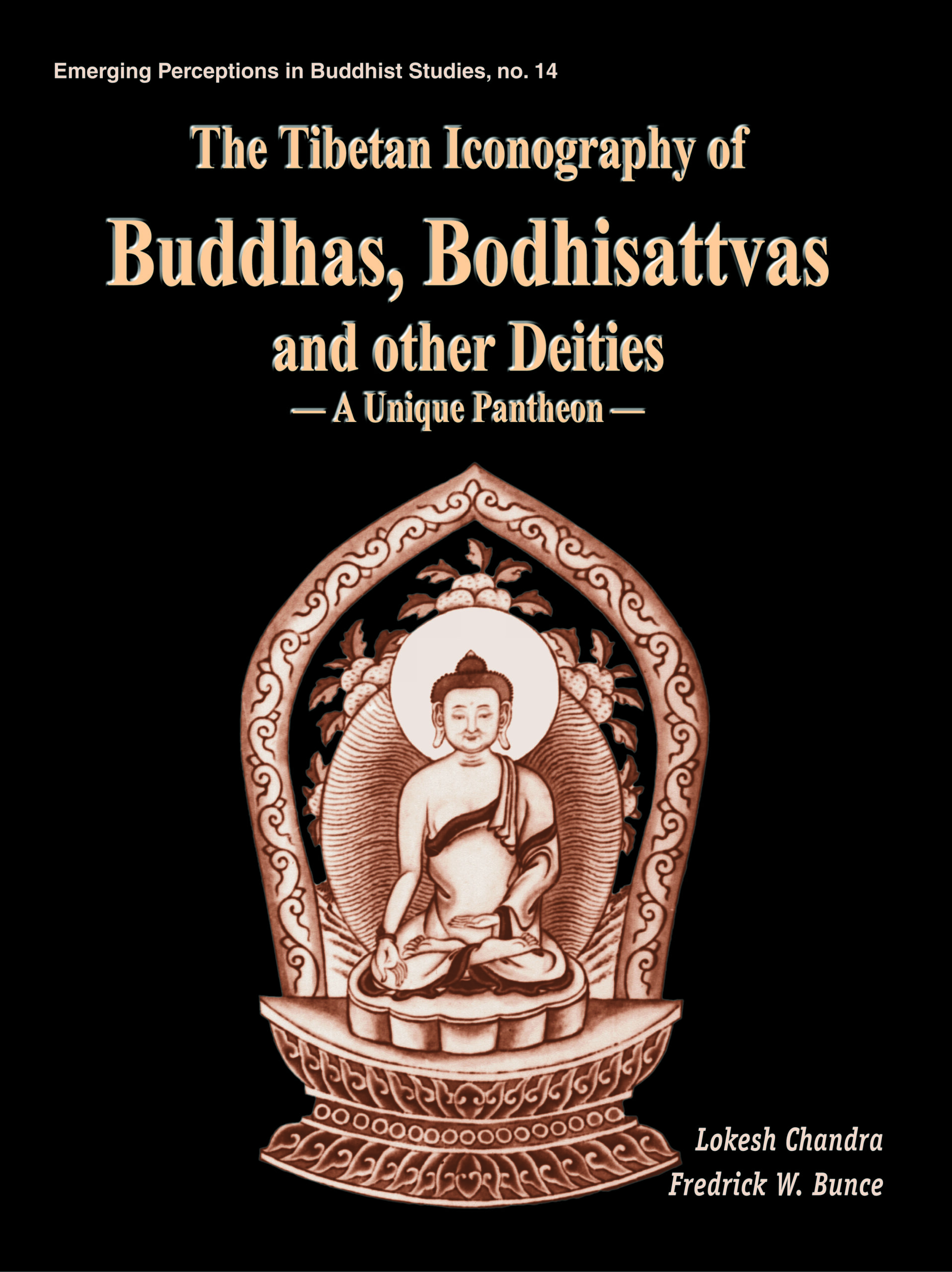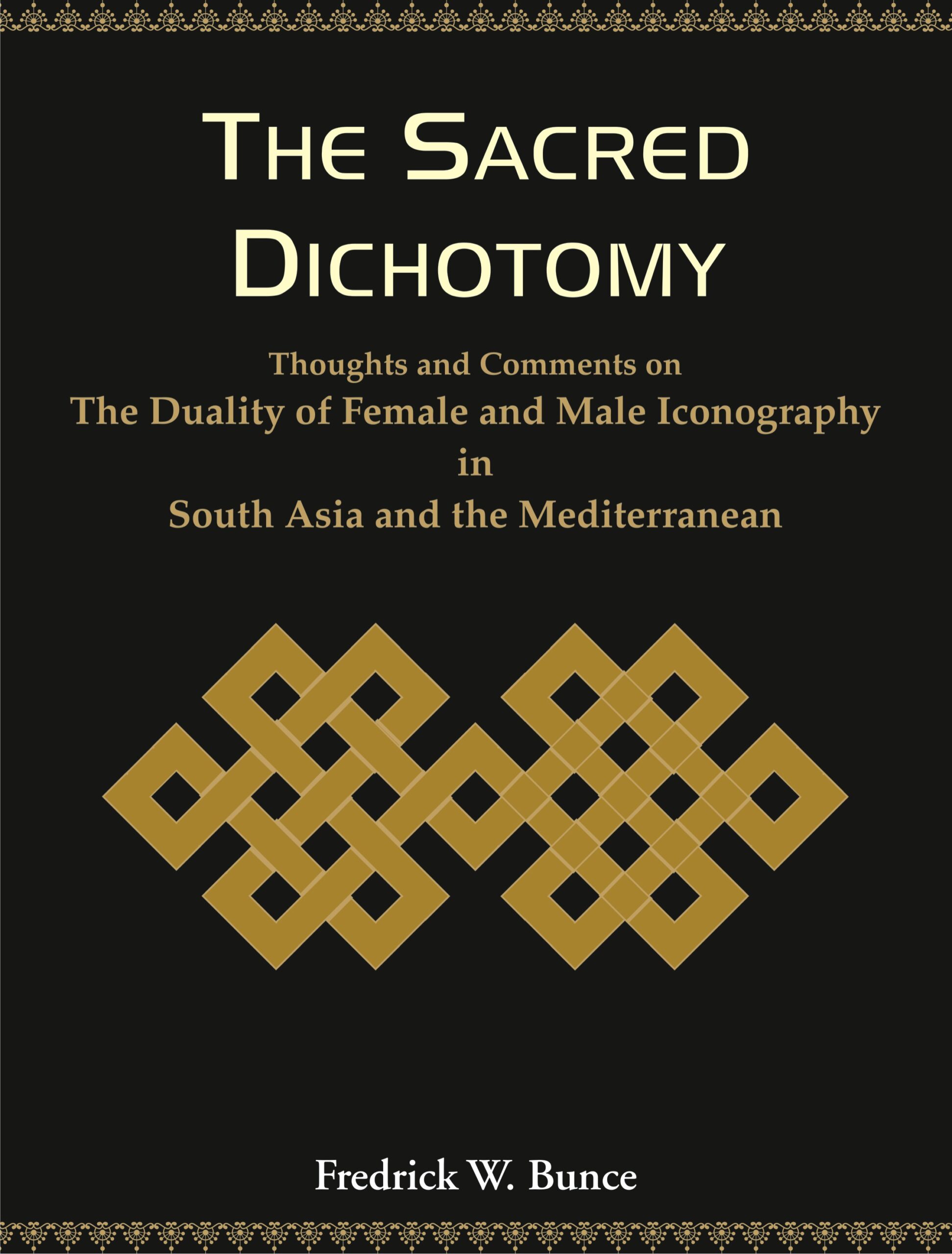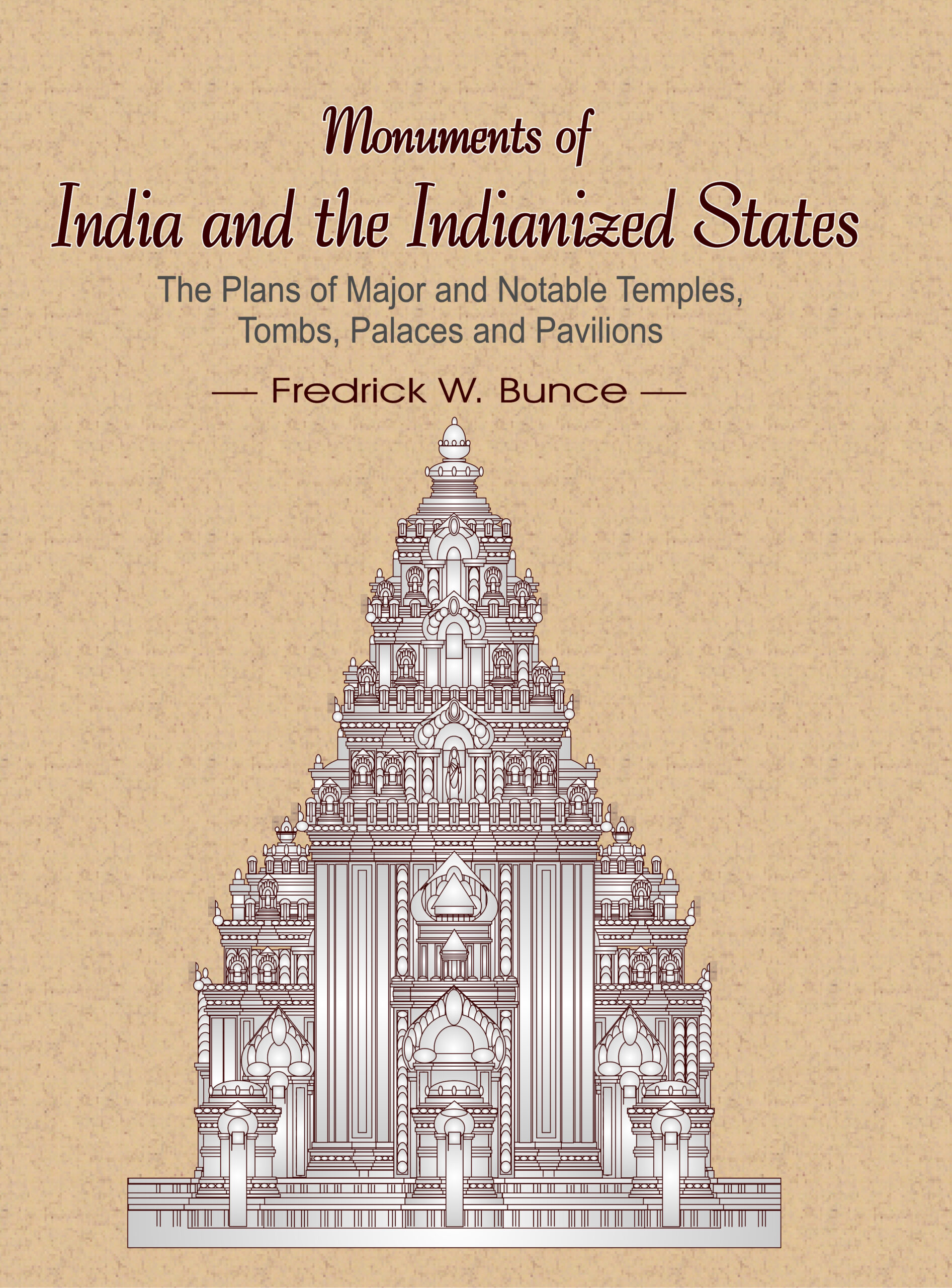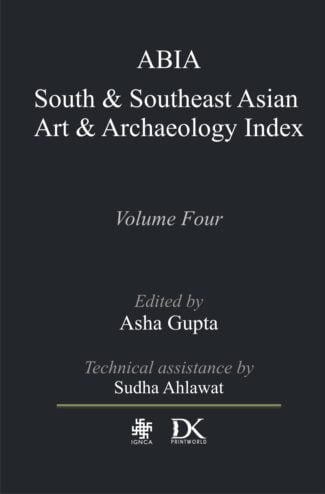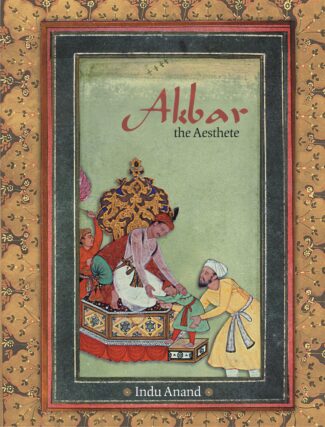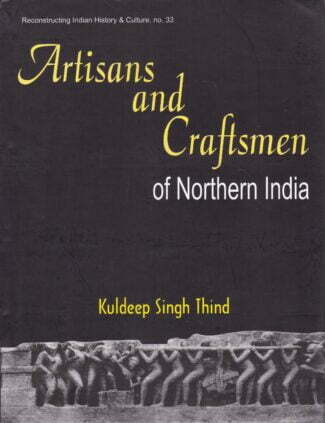-

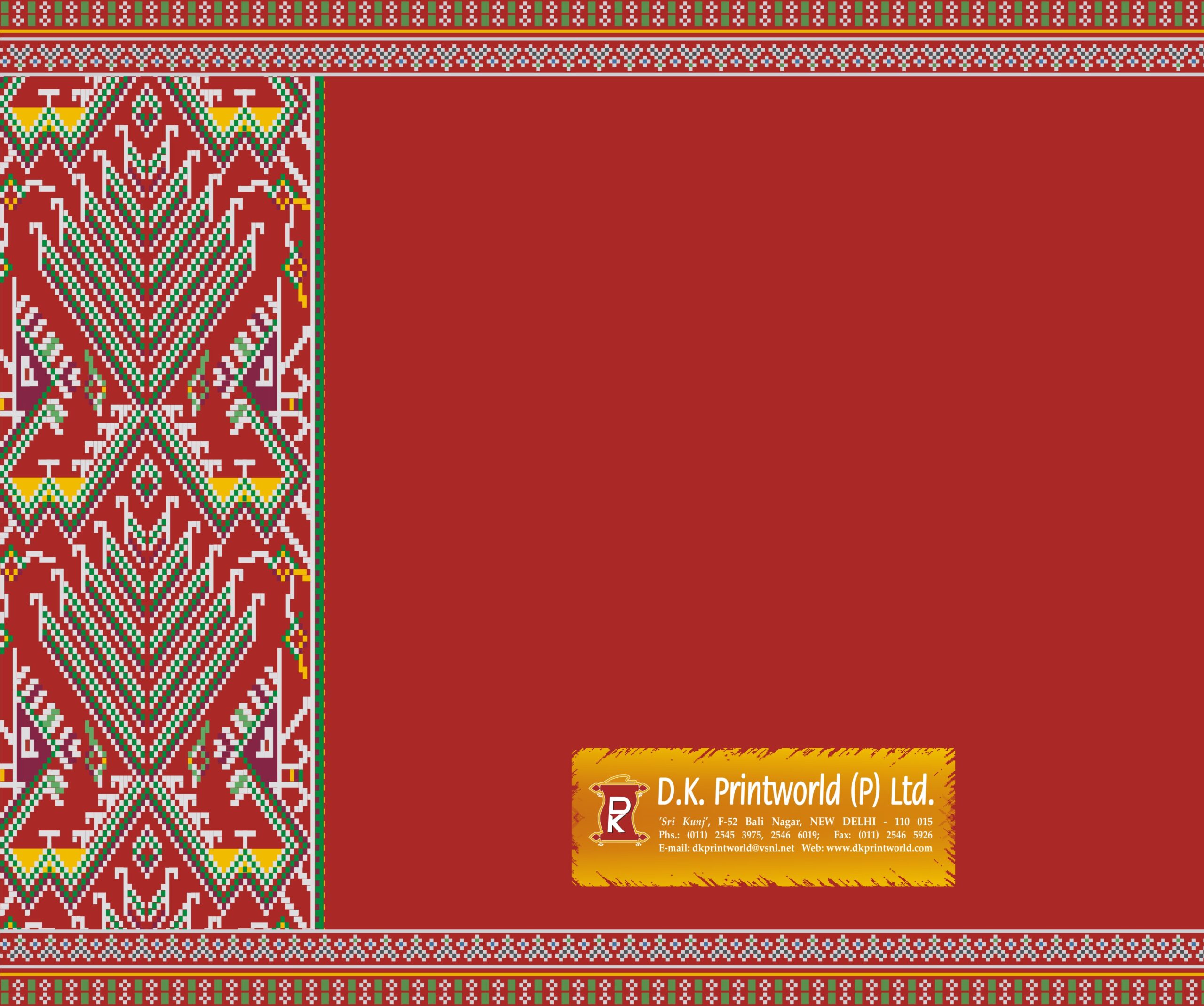
Buddhist Textiles of...
Buddhist Textiles of Laos, Lan Na and the Isan
The Iconograhy of Design Elements by: Fredrick W. BunceThis book studies the iconography of the design elements typically employed by craftspersons of Tai textiles from the Laos, Lan Na and Isan areas. With numerous splendid illustrations of the designs, it deals with their art of weaving, various textile forms to be found in the region and the suitable and inherently powerful motifs woven.
₹2,880.00
ISBN: 9788124602508
Year Of Publication: 2004
Edition: 1st
Pages : xli, 413
Bibliographic Details : 98 Plates; 457 Figures; Appendices; Glossary
Language : English
Binding : Hardcover
Publisher: D.K. Printworld Pvt. Ltd.
Size: 29 cm.
Weight: 1750
Textiles from Laos, Lan Na and the Isan are prized for their artistic brilliance and aesthetic beauty. They speak volumes on a weaving tradition that has evolved through centuries and shaped the socio-cultural life of the people associated with it. This book studies the iconography of the design elements typically employed by craftspersons of textiles from these areas: it deals with their art of weaving, various textile forms to be found in the region and the suitable and inherently powerful motifs woven. With numerous splendid illustrations of the designs, it involves study of design elements on articles of daily use as well as those used for ceremonial purposes and the kind of forms and iconography depicted like ancestor figures, animal and plant forms, water creatures, objects used in ceremonies and geometric forms. Viewing Buddhism as the prime influence upon the objects though Hinduism is also an important referent, it explores the symbols the design elements involve and their many meanings and the dimensions they encompass their fertility-related, religious and universal associations, for instance. The designs considered in the study are based upon the square grid and the design elements are shown in the typical graph form employed by weavers. It also gives Indian (Sanskrit) and Thai equivalents for English terms of plant and animal species and clarifies a number of terms all of which make this painstakingly-conducted research a thorough work on the subject. The book will be very useful to scholars of Textile designs, Buddhist art and culture; and the cultural traditions of South-east Asia. The scholars of Buddhist studies, specially of Buddhist tantra and art, will find the book as both interesting and useful.
Preface
List of Plates
List of Figures
Abbreviations
Introduction
Pha-biang and Pha-chet
Pha-biang I Pha-biang II Pha-biang III Pha-biang IV Pha-biang V Pha-biang VI Pha-biang VII Pha-biang VIII Pha-chet I Pha-chet II Pha-kham-lai
Pha-sin and Related Forms
Pha-sin I (tin-sin) Pha-sin II (tin-jok) Pha-sin III (tin-jok) Pha-sin IV Pha-sin V (tin-jok) Pha-sin VI (tin-jok) Pha-sin VII (tin-jok) Pha-sin VIII (tin-jok) Pha-sin IX (tin-jok) Pha-sin X (tin-jok) Pha-sin XI (tin-jok) Pha-sin XII Pha-sin XIII (tin-sin) Pha-sin XIV (tin-sin) Pha-sin XV (tin-sin) Pha-sin XVI (luntaya) Pha-sin XVII (luntaya) Pha-sin XVIII (tin-sin) Pha-sin XIX Pha-sin XX Pha-sin XXI Pha-sin XXII (tin-jok) Pha-sin XXIII (tin-jok) Pha-sin XXIV (tin-jok) Pha-sin XXV Pha-sin XXVI Pha-sin XXVII Pha-sin XXVIII Pha-sin XXIX Pha-sin XXX Pha-sin XXXI Pha-sin XXXII Pha-sin XXXIII Pha-sin XXXIV Pha-sin XXXV Pha-sin XXXVI Pha-sin XXXVII Pha-sin XXXVIII Pha-sin XXXIX Pha-sin XL Pha-sin XLI Pha-sin XLII
Pha-chong kaben
Pha-chong kaben I
Pha-chong kaben II
Tung and Other Ceremonial Textiles
Tung I Tung II Tung III Tung IV Tung V Pha-mem Pha ho-kham-pi 144
Bed Covers
Pha-hom I Pha-hom II Pha-hom III Pha-hom IV Pha-hom V Pha-hom VI Pha-hom VII Pha-hom VIII Pha-hom IX Pha-lop I Pha-lop II
Curtains
Ceremonial Curtain I Ceremonial Curtain II Bed Curtain (Mosquito Net) Door Curtain I Door Curtain II Door Curtain III Door Curtain IV Door Curtain V
Miscellaneous Forms
Maun End Maun Panel I Maun Panel II Maun Panel III Maun Panel IV Pha-khoma I Pha-khoma II Khit Pattern from sampler Si-ho
Individual Elements
Apologia Ancestors Animal Forms Nak (Naga) Water Creatures Bird Forms Plant Forms Ceremonial Objects Geometric forms Hooks Water Elements Miscellaneous Forms
Bibliography
Apendix A
Apendix B
Acknowledgements




